The United States is home to a ton of incredibly interesting history. It’s always fun to learn something new about your country, so we’ve compiled a list of some of America’s oldest man-made structures. In order to qualify, we had a short list of criteria: the structure has to still be standing (at least partially), able to be visited by tourists, and constructed by humans. Many of these sites offer tours, museums, and walking trails.
This article includes the first half of America’s states when put in alphabetical order. These states are Alabama, Alaska, Arizona, Arkansas, California, Colorado, Connecticut, Delaware, Florida, Georgia, Hawaii, Idaho, Illinois, Indiana, Iowa, Kansas, Kentucky, Louisiana, Maine, Maryland, Massachusetts, Michigan, Minnesota, Mississippi, and Missouri. In order to learn about the second half of the states, visit this story’s sister article—also published by Faith Zodiac—with the title “Do You Know the Oldest Man-Made Structure in Your State? – Montana to Wyoming.”
Alabama and Alaska
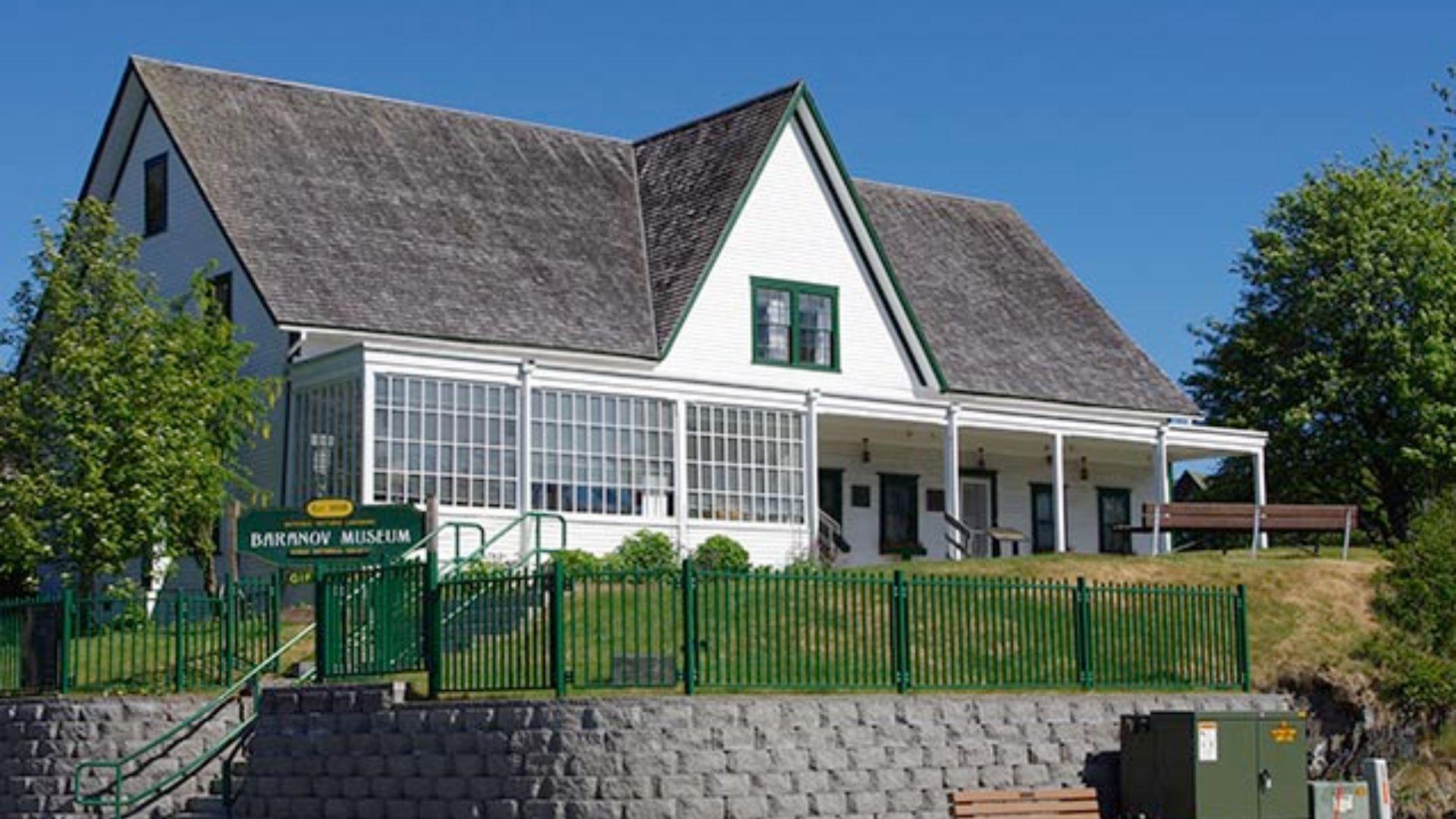
Florence Indian Mound, Florence, Alabama
The Florence Indian Mound is located in the northwestern corner of Alabama. It is an ancient man-made structure that was built between 100 and 500 AD. This Native American landmark was probably used as a base for ceremonial temples or perhaps even the chief’s houses. It was once encircled by a wall made of earth. It is thought that a village of smaller mounds and cultivated fields was once nearby. A sign at the base of the steps explains the ancient purpose of this site and visitors can climb these steps in order to better take in this ancient wonder.
Russian American Magazin, Kodiak, Alaska (Pictured)
Constructed by Russian settlers in Alaska during the early 1800s, the Russian American Magazin was erected when the city of Kodiak was still called Pavlovsk. It was built using traditional Russian log construction techniques, and originally functioned as a storage space for furs—including seal and sea otter pelts. After Alaska was acquired by the United States in 1867, the building transitioned to a private home, social gathering spot, and boarding house before eventually being transformed into the Kodiak History Museum. Visitors can explore various rooms that showcase the city’s history.
Arizona and Arkansas
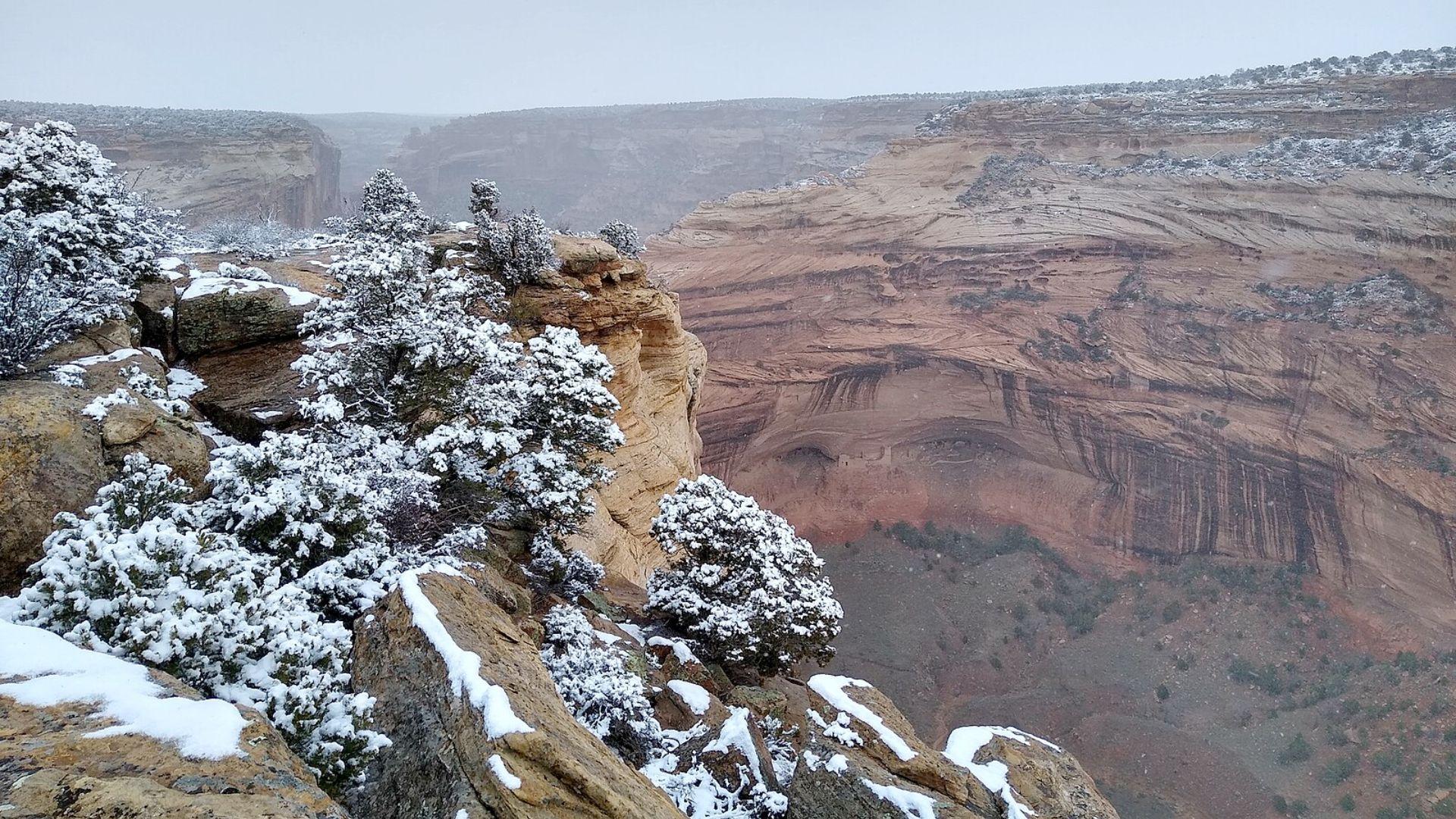
Mummy Cave, Canyon de Chelly, Arizona (Pictured)
Arizona boasts numerous ancient sites, including dwellings, pueblos, and ruins. Among the oldest sites is Mummy Cave in Canyon de Chelly, where the Ancient Puebloans constructed at least 70 rooms around AD 300. These ruins are accessible for viewing from the Mummy Cave Overlook on the park’s North Rim Drive. Additionally, the Pueblo Grande Ruins near Phoenix—built by the Hohokam people around AD 450—feature a Mesoamerican-style ball court that was once used by the Hohokam. For a deeper exploration, you can visit the Pueblo Grande Museum and Archaeological Park, which offers exhibits, a network of trails, and various events and programs throughout the year.
Plum Bayou Mounds Archeological State Park, Little Rock, Arkansas
The Plum Bayou Mounds are remnants of an extensive ceremonial site. The tallest of these mounds reaches a height of approximately 48 feet (14.6 meters), making it the tallest Native American mound in Arkansas. These earthen structures were occupied from AD 650 to 1050. Visitors can explore the site through guided tours, which are recommended to book in advance. The Plum Bayou Mounds Archaeological State Park is conveniently located just a short drive from Little Rock.
California and Colorado
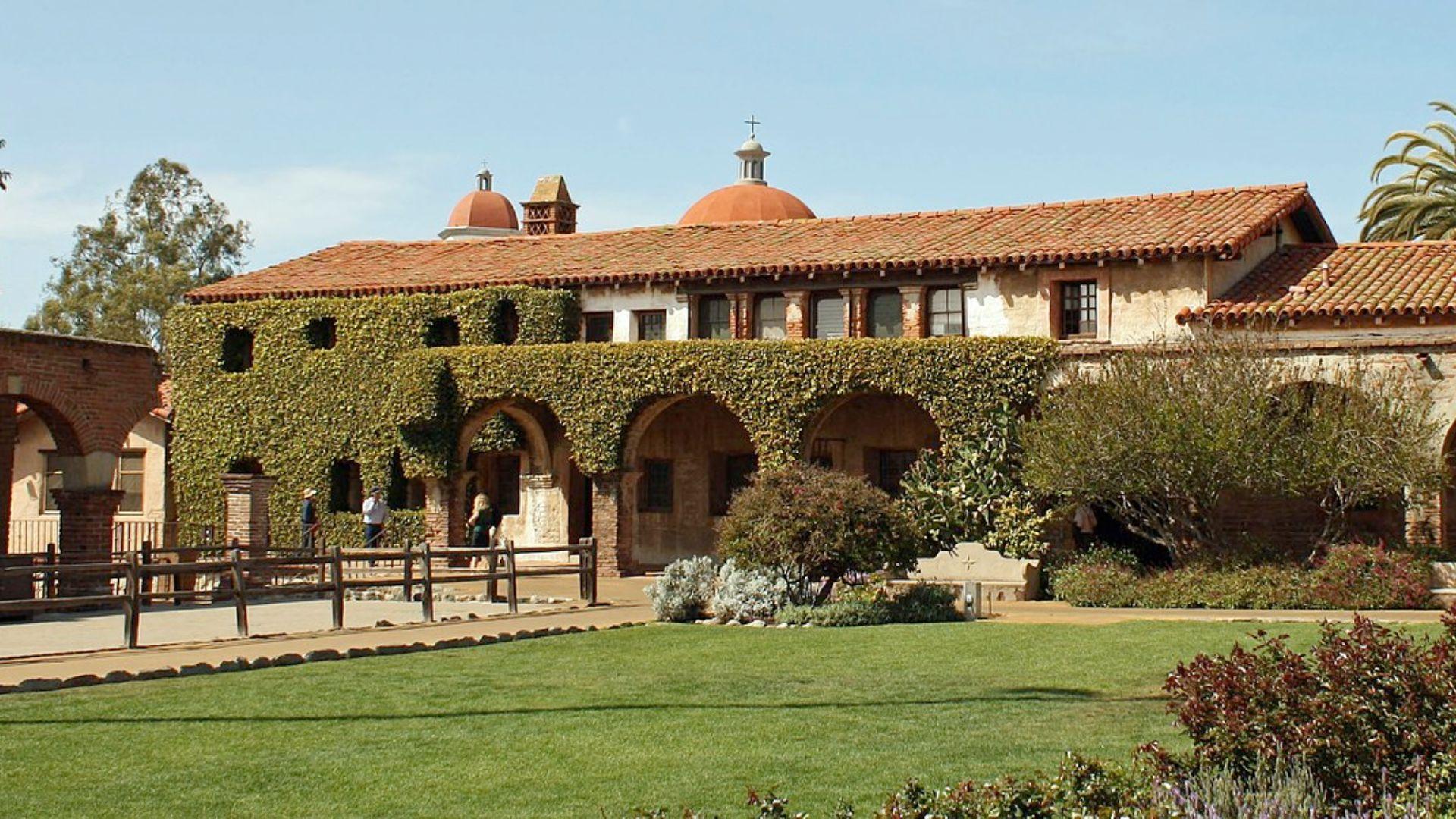
Mission San Juan Capistrano, Orange County, California (Pictured)
Founded in 1776 by a Basque Franciscan missionary, Mission San Juan Capistrano began as a modest adobe chapel. The more elaborate Spanish-style building that now encircles it was finished in 1782. The structure later functioned as a private ranch residence before being reacquired by the Catholic church in the late 19th century. Today, the site includes museum exhibits and rooms, and visitors can explore the original 1776 chapel through an audio tour.
Mesa Verde National Park, Colorado
Dating back to approximately AD 450, these structures found in Mesa Verde National Park were home to the Ancestral Puebloans. They inhabited the area for over seven centuries. Within the national park, there are around 5,000 archaeological sites to explore. When you visit, make sure to see the remarkable homes intricately carved into and constructed around the rocky and rugged sandstone terrain.
Connecticut and Delaware
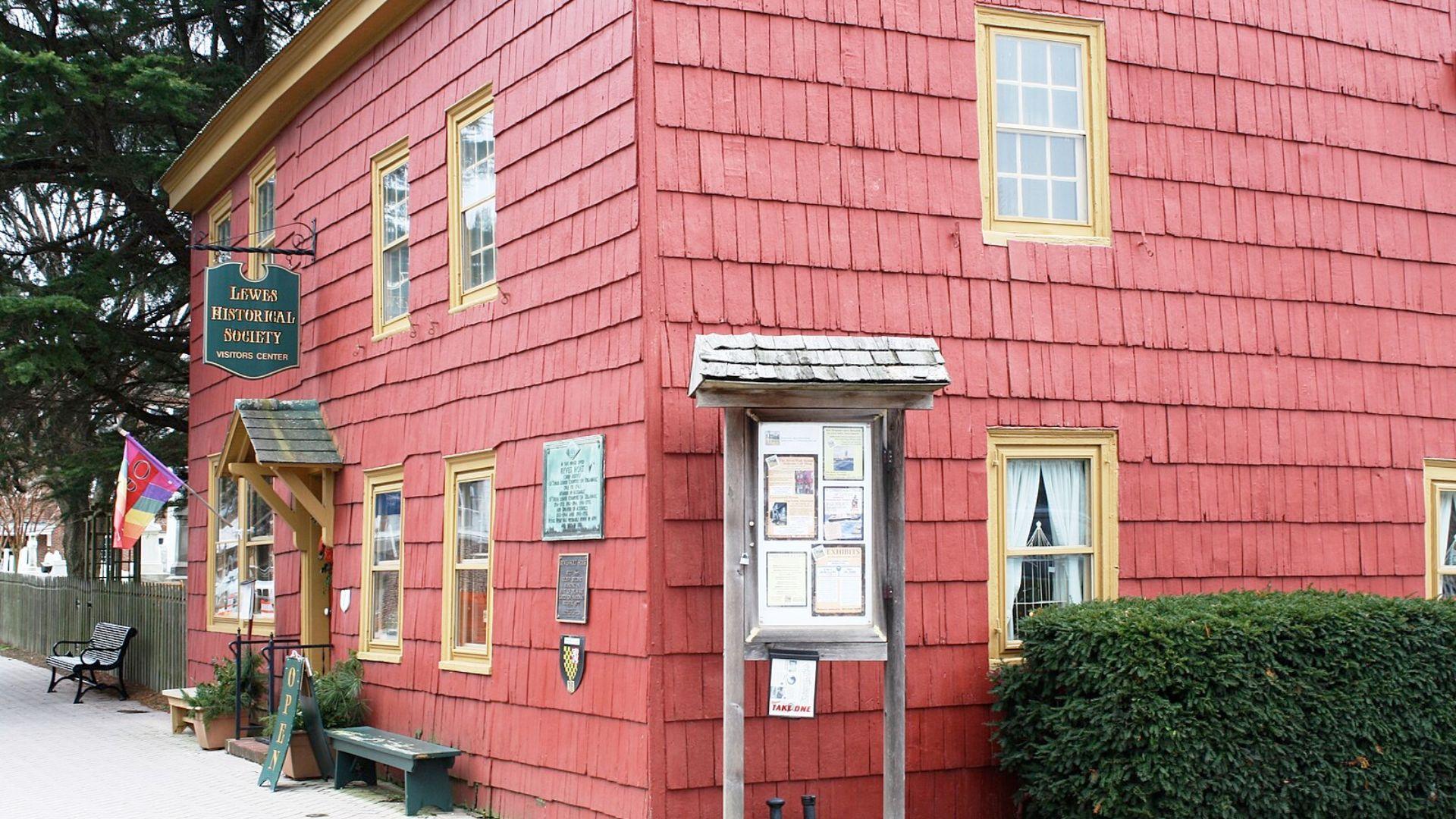
Henry Whitfield House, Guilford, Connecticut
The Henry Whitfield House in Connecticut stands as one of the oldest and most remarkable stone buildings in New England. Built from local granite in 1639 for Henry Whitfield—a founding figure of Guilford—this historic structure is now part of the Henry Whitfield State Museum. Visitors can explore this centuries-old cottage as a highlight of the museum’s offerings.
Ryves Holt House, Lewes, Delaware (Pictured)
Ryves Holt House, with its vibrant red facade and green roof, was erected in 1665 and is said to be Delaware’s oldest residence. The house was named after Ryves Holt, the first Chief Justice of Delaware, who purchased it in 1723. Today, the distinctive building houses a visitor center and museum, offering informative walking tours for guests.
Florida and Georgia
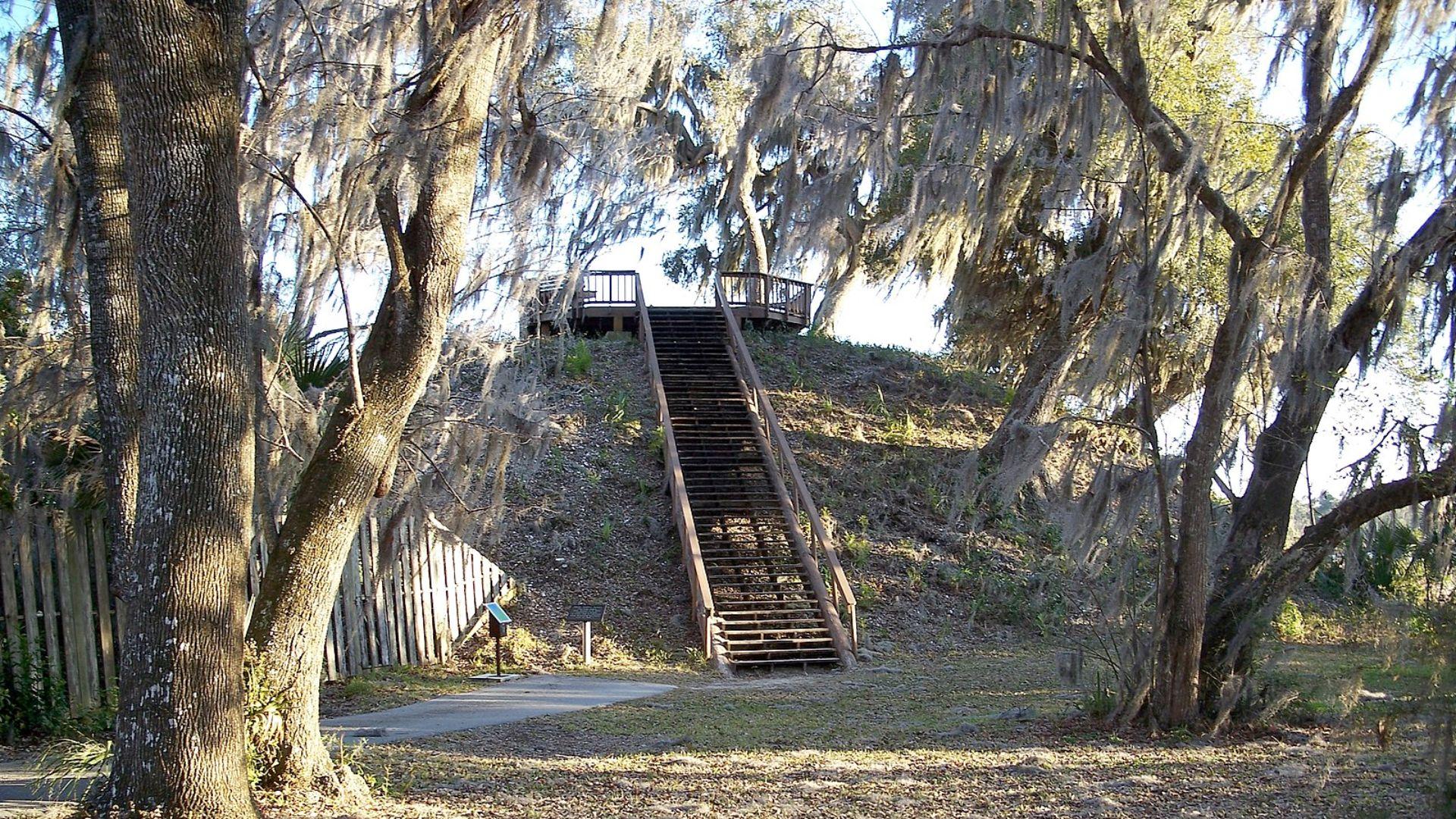
Crystal River Mounds, Crystal River, Florida (Pictured)
Crystal River Archaeological State Park is a remarkable site featuring Native American burial mounds, temple mounds, a plaza, a village, and a shell midden (a trash heap). The site is thought to date back to as early as 1000 BC. The park’s largest mound, known as Mound A, was constructed around AD 600 from gathered oyster shells for a prominent community member. Visitors can explore the museum and interpretive exhibits, and also climb the “Stairway to Heaven” on Mound A for a unique experience.
Etowah Indian Mounds, Cartersville, Georgia
At the Etowah Mounds site—which spans 54 acres and was inhabited by Mississippian Native Americans from around AD 1000 to 1550—one can see an ancient plaza, village area, defensive ditch, and six earthen mounds. One of these mounds is a burial mound where the bodies of village elites were laid to rest in ceremonial attire. Dominating the site is a 63-foot (19-meter) flat-topped hill, likely the residence of the chief priest of the settlement. Today, the Etowah Mounds is considered one of the best-preserved Mississippian cultural sites in the southeastern United States.
Hawaii and Idaho
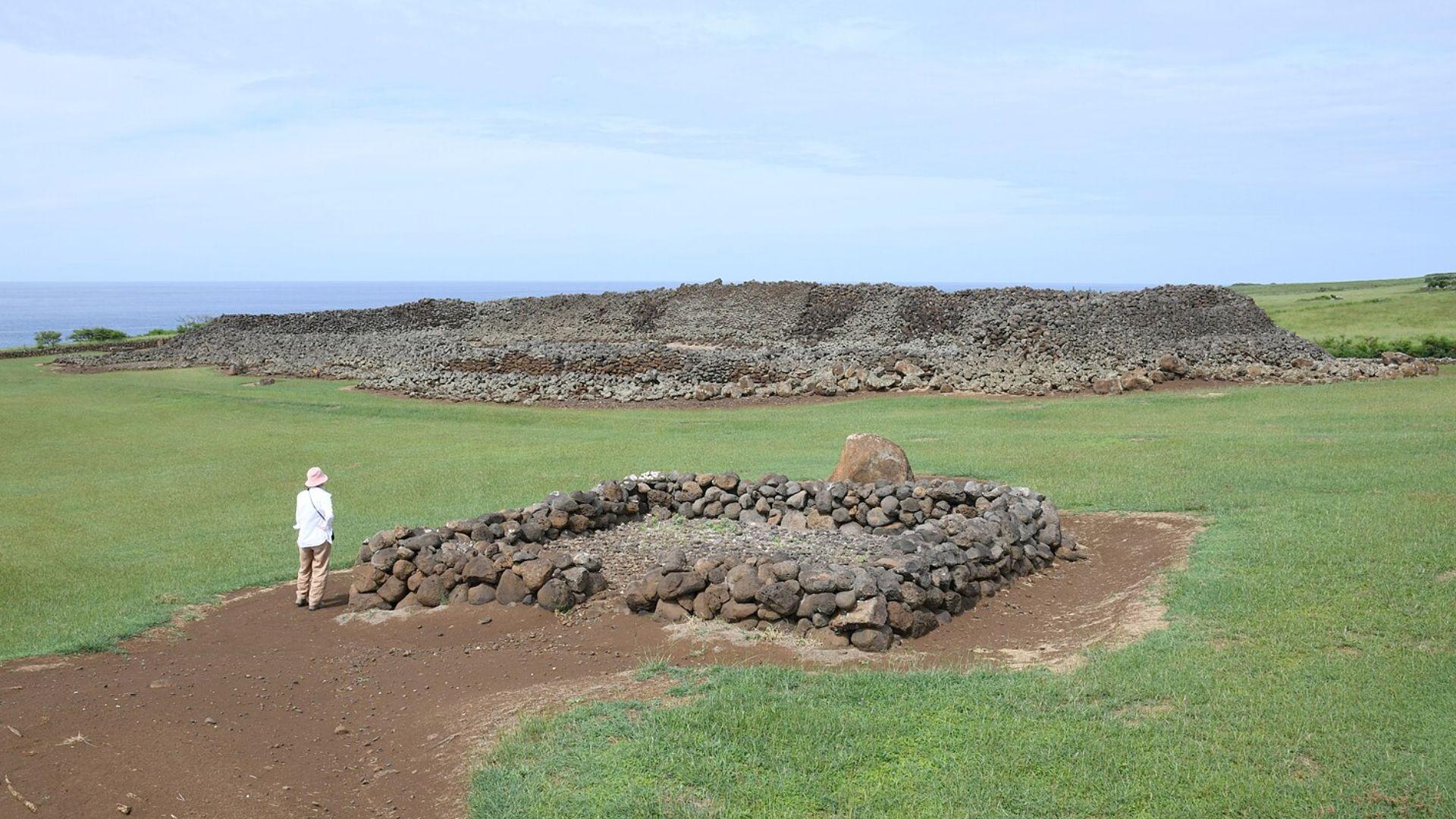
Mo’okini Heiau, Hawaii (Pictured)
Mo’okini Heiau remains an active spiritual site for Native Hawaiians, serving as a living temple for worship even today. Its exact date of construction is uncertain, with oral traditions suggesting it may have been built between the 5th and 14th centuries. Historically, it was a center for rituals, including human sacrifices, dedicated to the war deity Ku. The Heiau is surrounded by stone walls built using a dry stacking method, forming a distinctive slanted rectangular shape. Open daily except Wednesdays and free of charge, visitors can access the site by following the designated trailhead, but are asked to avoid entering the sacred area itself.
The Mission of the Sacred Heart, Cataldo, Idaho
The Mission of the Sacred Heart remains a site of great importance, just as it was when it was originally built from 1850 to 1853. Constructed by Italian Catholic missionaries in collaboration with the Coeur d’Alene Native American tribe, the church was assembled without nails, featured tin cans as chandeliers, and used a mixture of grass, straw, and mud for its walls. Although the structure underwent significant reconstruction in 1975, visitors can explore the church, its visitor center, and the surrounding Old Mission State Park.
Illinois and Indiana
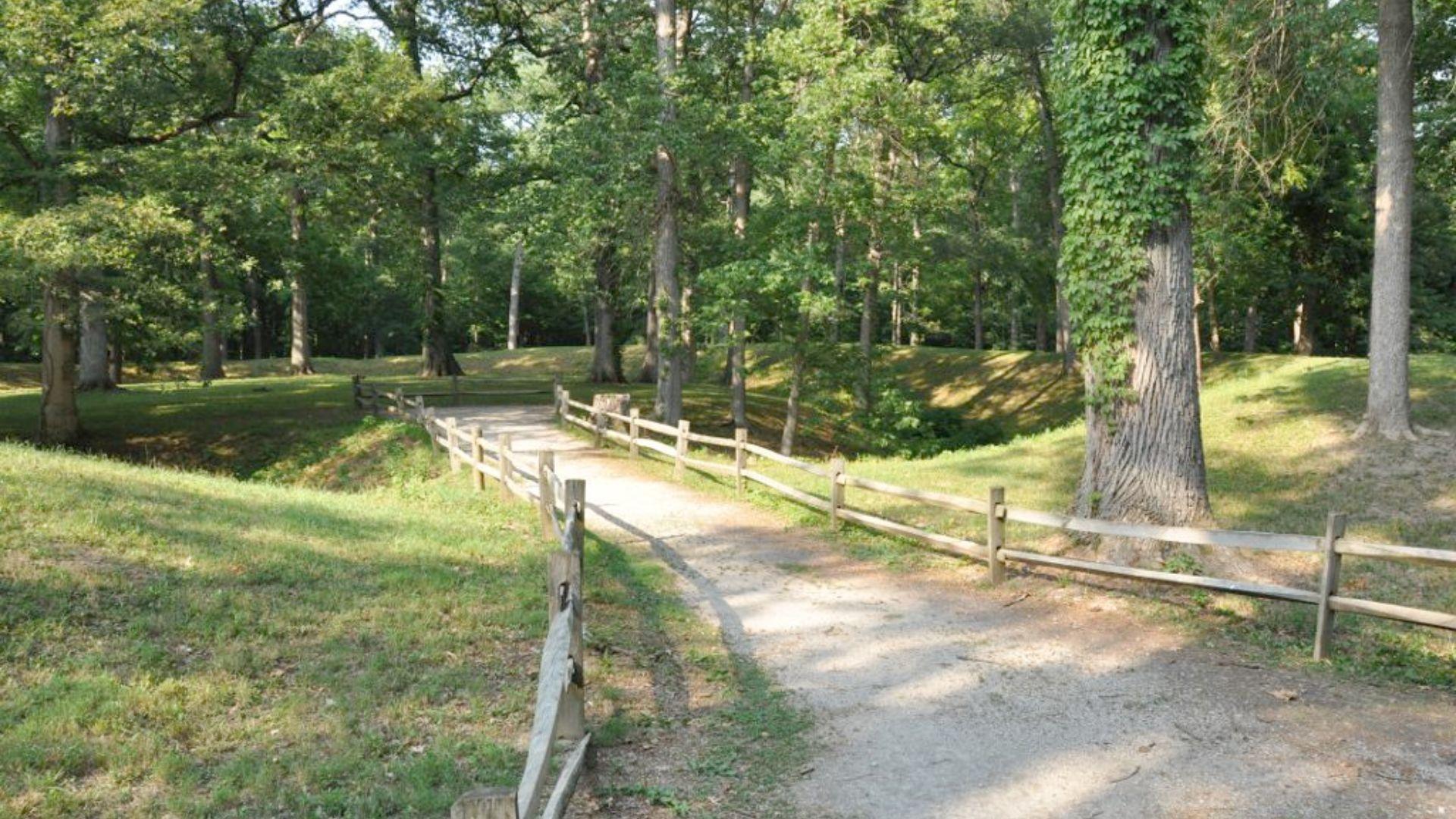
Cahokia Mounds, Illinois
Covering 2,200 acres in western Illinois, the Cahokia Mounds site—which dates back to AD 700—is the largest pre-Columbian archaeological site north of Mexico. Cahokia, which was larger than London at its peak, is believed to have had around 120 mounds, flourishing between 1100 and 1200. Today, visitors can explore these ancient earthworks, including the massive Monks Mound, which rises to 98 feet (30 meters) and is considered the largest of its kind in North America. The site features a network of trails connecting the mounds, and guided tours are usually available during the summer months.
Mounds State Park, Anderson, Indiana (Pictured)
Mounds State Park features 10 ancient earthworks constructed between 250 BC and 50 AD. The most prominent, the Great Mound, dates back to 160 BC. These structures were created by the Adena-Hopewell people, who used these elevated sites for ceremonial purposes and to observe celestial events, including the summer and winter solstices. The park also offers a visitor center, a nature center, and a designated campground for guests.
Iowa and Kansas
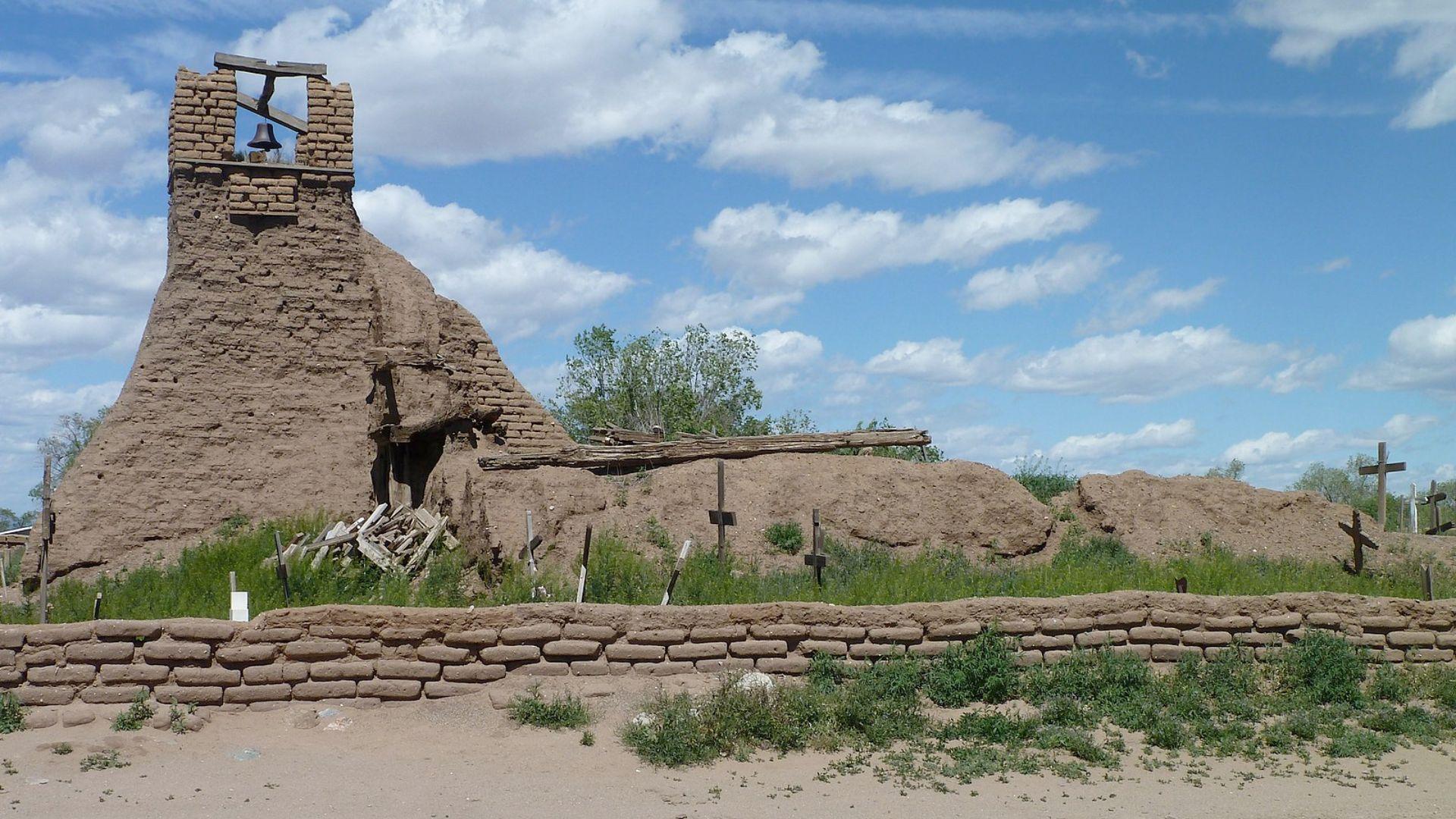
Louis Arriandeaux Log House, Dubuque County, Iowa
The Native American Toolesboro Mound Group is likely the actual oldest site open to visitors in Iowa. It dates back to around 200 BC. However, a visit to the Louis Arriandeaux Log House offers a unique experience, too. This log house was built in 1827 by a French fur trader from Canada. The house initially lacked windows and had a chimney added later. The cabin has undergone several reconstructions and relocations; it now resides in its third location at the Mathias Ham Historic Site. Both public and private tours are available to explore this historic structure.
El Cuartelejo, Scott County, Kansas (Pictured)
In Scott County, Kansas, you’ll discover the most northeastern pueblo ruins in the United States. Dating back to 1650, this site is believed to have been a seven-room pueblo within the El Cuartelejo settlement of the Plains Apache people. By 1664, Taos Indians—fleeing Spanish control—took refuge in the village, joining the Apaches who already inhabited the area. You can visit these historic ruins along the Western Vistas Historic Byway.
Kentucky and Louisiana
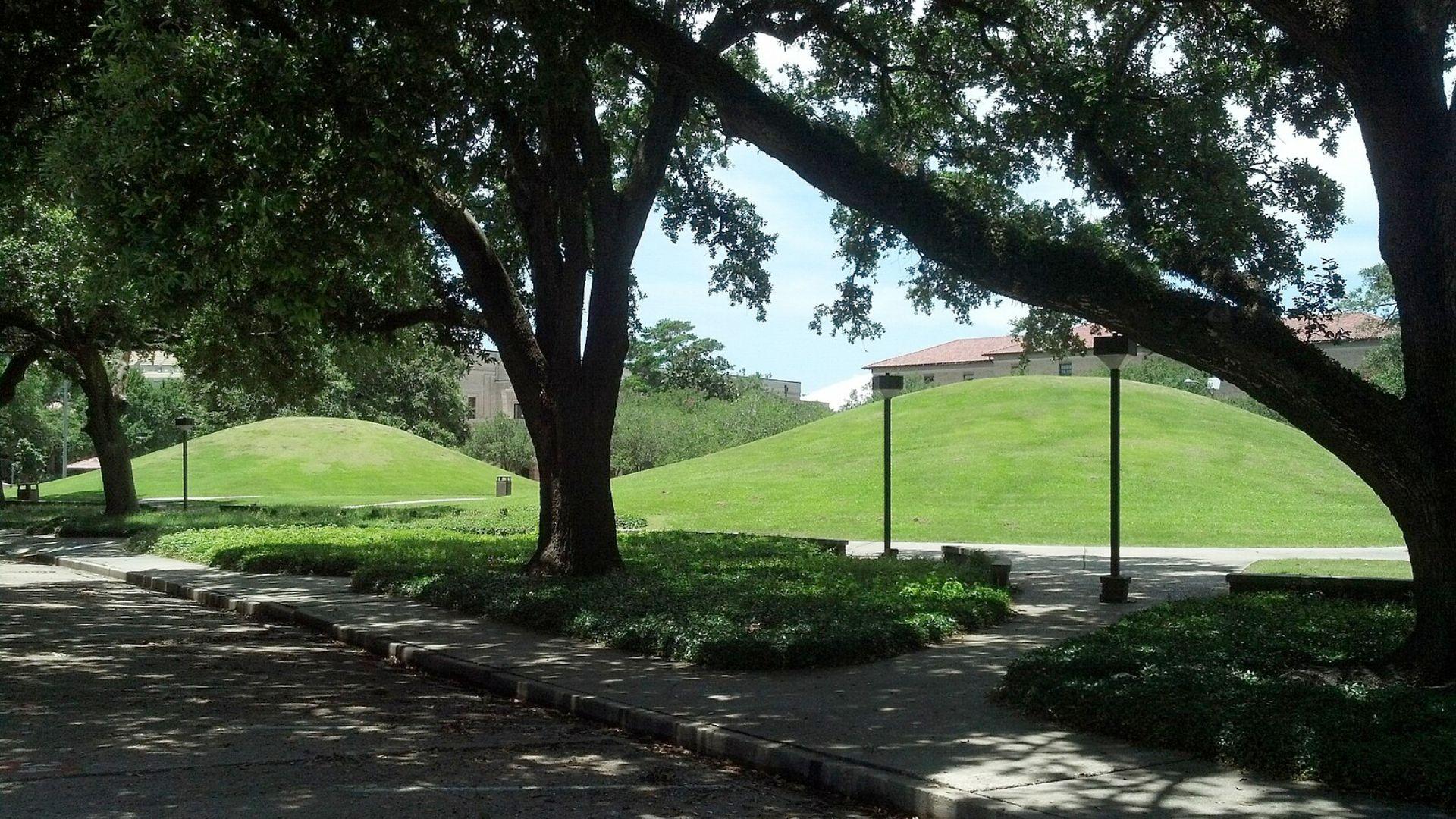
Wickliffe Mounds Site, Wickliffe, Kentucky
The Wickliffe Mounds Site, dating from 1100 to 1350 AD, offers a vivid glimpse into the lifestyle of the Native American Mississippian people. It features houses arranged around a central plaza. You can visit the museum, which operates from mid-November to mid-March, to view an impressive collection of excavated artifacts, including pottery and weaving tools. Afterward, make sure to explore the Archaeology Walking Trail to climb some of the mounds.
Mounds A and B, Louisiana State University, Louisiana (Pictured)
Near the Louisiana State University campus, Mounds A and B reveal remnants of the earliest known human-made structures in North America. These mounds were probably used for ceremonial purposes and were aligned with celestial constellations. Radiocarbon dating shows that Mound B—initially built around 11,000 years ago—was dismantled and reconstructed approximately 6,000 years ago, around the same time Mound A was erected.
Maine and Maryland
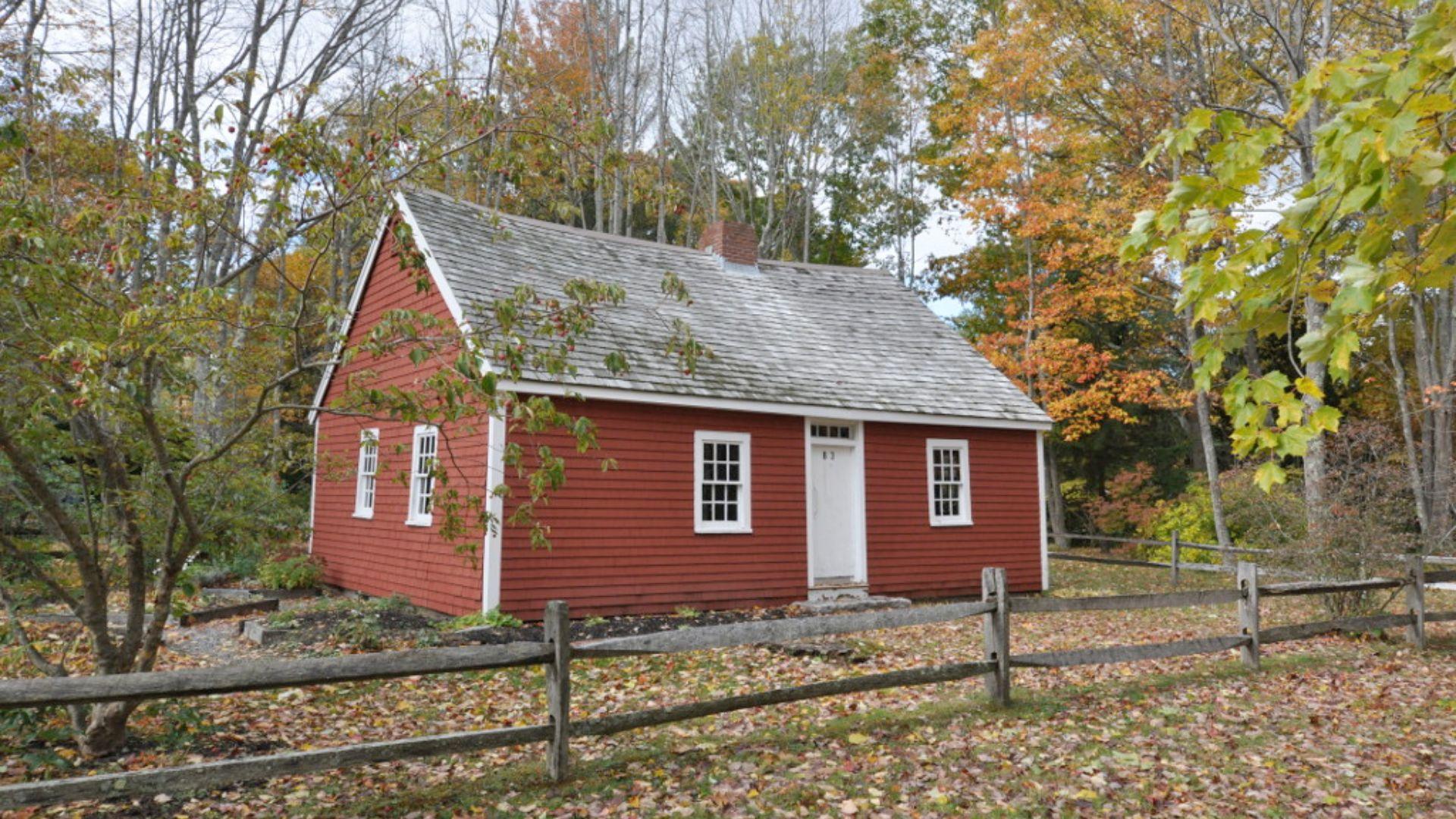
Hunnewell House, Scarborough, Maine (Pictured)
Hunnewell House—constructed by Captain Richard Hunnewell, a key figure in Scarborough’s founding—was built between 1684 and 1702. By 1752, the house was repurposed as a school. Now listed on the National Register of Historic Places, it was moved to Black Point Road in recent years. While the interior is not open to the public, visitors can view the exterior and observe the efforts to restore the original garden.
Old Trinity Church, Church Creek, Maryland
The Old Trinity Church in Maryland, built by English settlers in the late 17th century, resembles a building from a quaint English village. After the American Revolution, the church transitioned from Anglican to Protestant Episcopal. Its surrounding graveyard now honors veterans from every American conflict. The marker outside the still-active church offers insights into its rich history, including the original black walnut altar and the crest of Queen Anne of England.
Massachusetts and Michigan
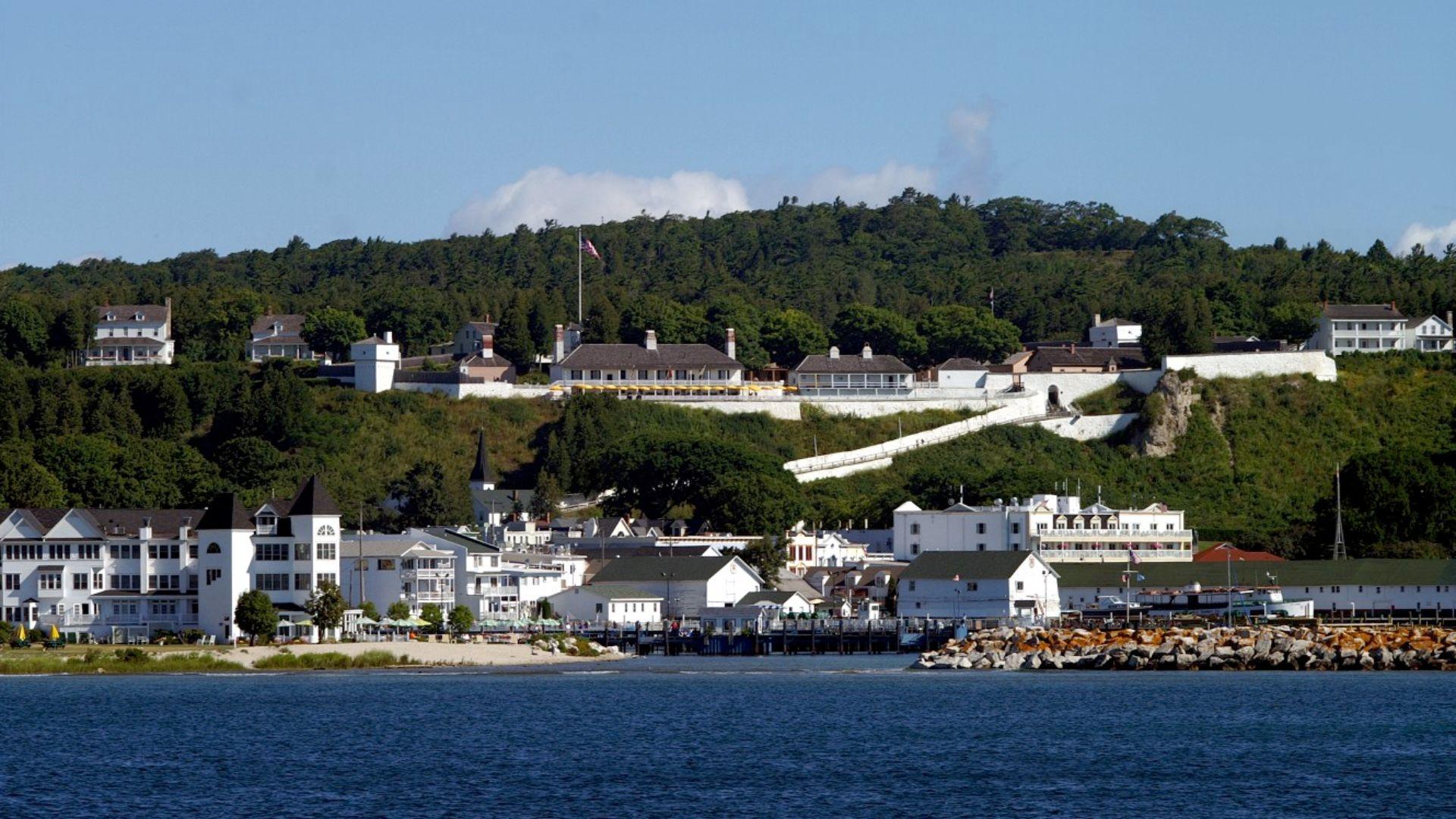
Fairbanks House, Dedham, Massachusetts
Fairbanks House holds the distinction of being both the oldest extant wooden structure and the oldest surviving timber-frame house in North America. Constructed for Jonathan Fairbanks, his wife Grace, and their six children, it remained the home of the Fairbanks family for eight generations until 1904. Tree ring analysis dates its construction to between 1637 and 1641. Today, the house operates as a historic museum, offering tours from May to October.
Fort Mackinac, Mackinac Island, Michigan (Pictured)
Experience history firsthand at Fort Mackinac on Mackinac Island in northern Michigan. Originally established by the British army between 1780 and 1782, the fort changed hands between the British and Americans until it was permanently acquired by the United States in 1815. It continued to operate until 1895. Today, the fort is open to visitors and features themed exhibits, guided tours, and live demonstrations, including the opportunity to try firing a cannon.
Minnesota and Mississippi

Fort Snelling, Minnesota
In Minnesota, there are preserved Native American burial mounds that date as far back as 3000 BC in Mille Lacs Kathio State Park. However, you may be slightly more interested in the Round Tower at Fort Snelling. Originally known as Fort St. Anthony, this stone stronghold was constructed between 1820 and 1825 and was designed for robust defense. It even features musket slits for the purpose of firing at attackers. Today, visitors can explore the site’s history at the restored Plank Museum & Visitor Center.
LaPointe-Krebs House and Museum, Pascagoula, Mississippi (Pictured)
Throughout Mississippi, you’ll find numerous Native American earthen mounds. However, the LaPointe-Krebs House holds the distinction of being the oldest extant building in the state. Constructed in 1757 during the French colonial era, this historic property was once incorrectly called the Old Spanish Fort—though it was neither Spanish nor a fort. Initially built as a two-room residence with a fireplace, it was expanded over the years, with the final modifications made in the early 1900s. The on-site museum provides detailed insights into the house’s construction and its rich history.
Missouri and Conclusion

Bolduc House, Sainte Genevieve, Missouri (Pictured)
Previously believed to have been built in the 1790s, recent findings suggest that some sections of the Bolduc House may actually date back to the 1780s. The house was home to the family of French-Canadian merchant Louis Bolduc until 1949. It was later opened as a house museum in 1958. Now part of the Centre for French Colonial Life Campus, the property offers visitors a chance to explore not only the Bolduc House but also three additional buildings that illustrate the daily life of French-speaking colonists.
If you found this article interesting, make sure to check out the other half of the oldest structures found in the United States in the article “Do You Know the Oldest Man-Made Structure in Your State? – Montana to Wyoming.” America is home to so much fascinating history, so get exploring!

